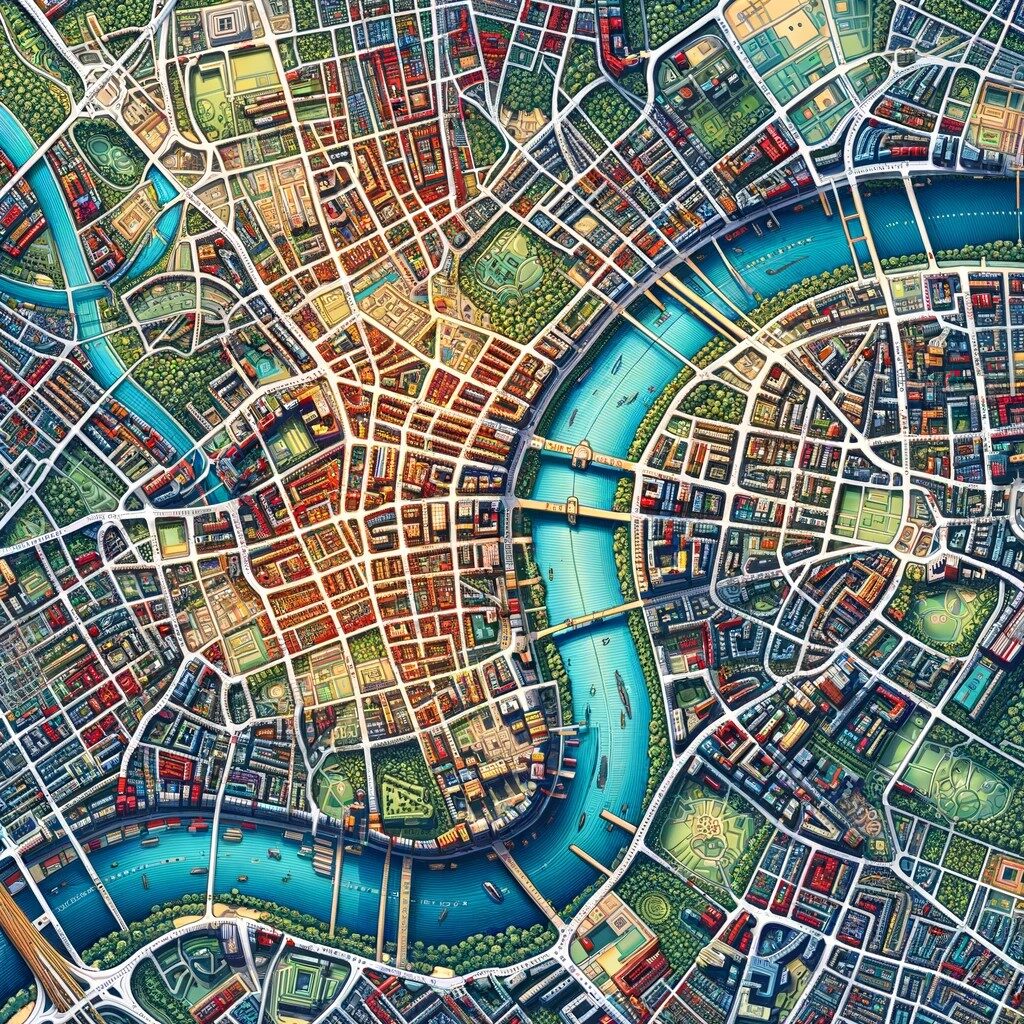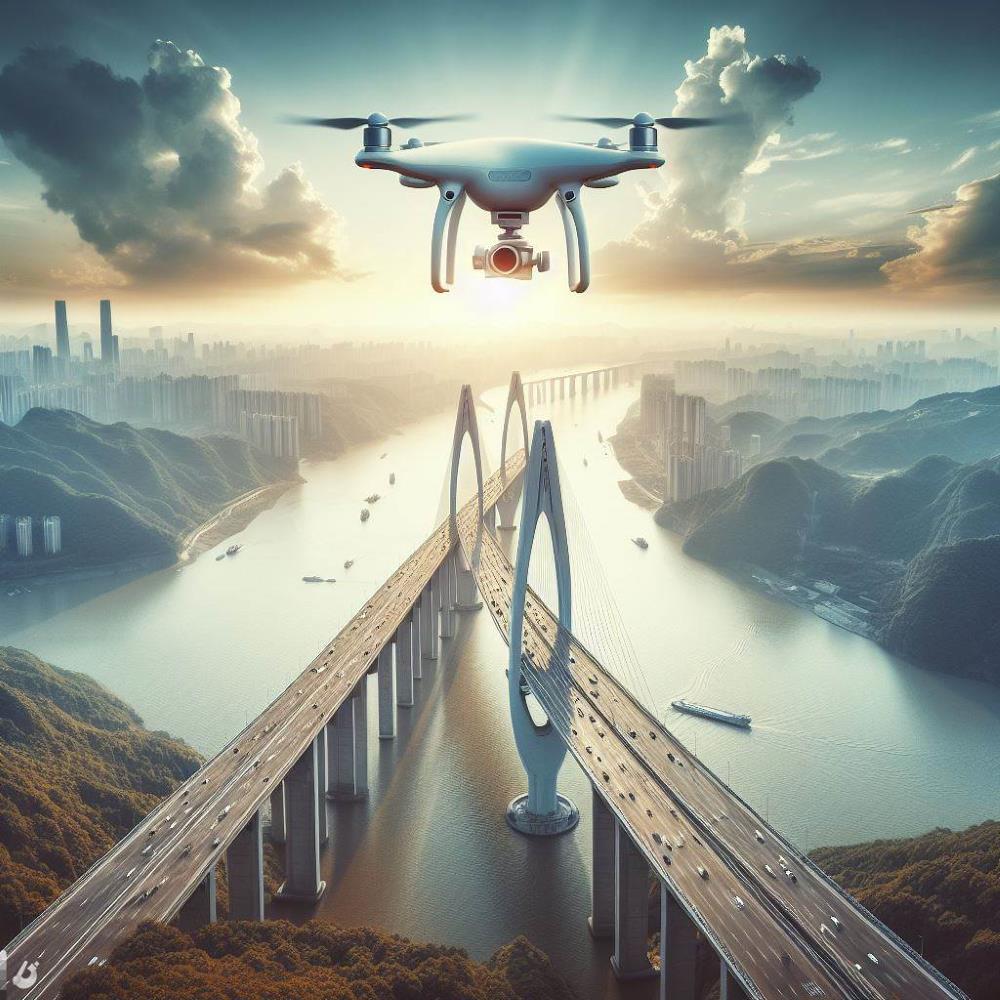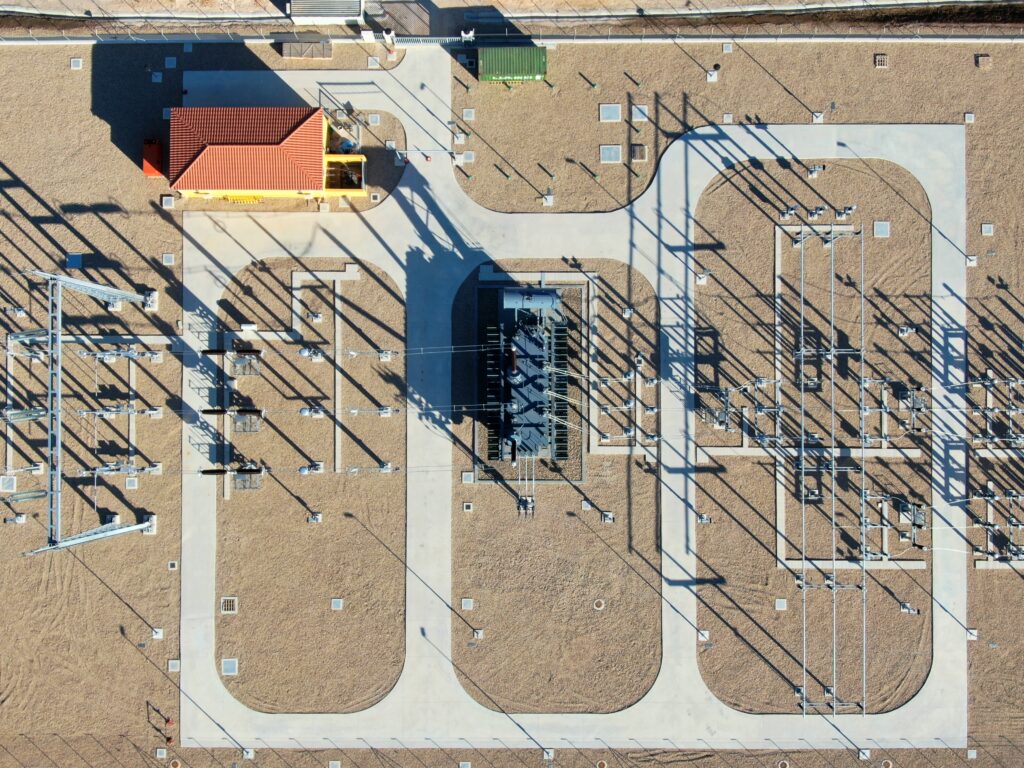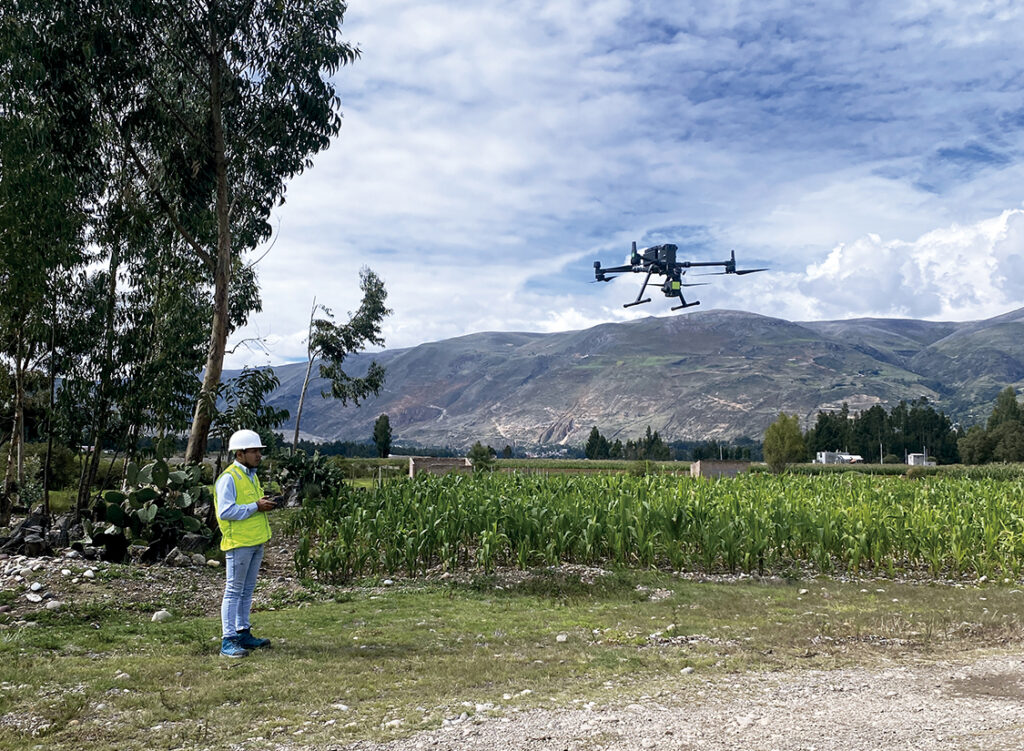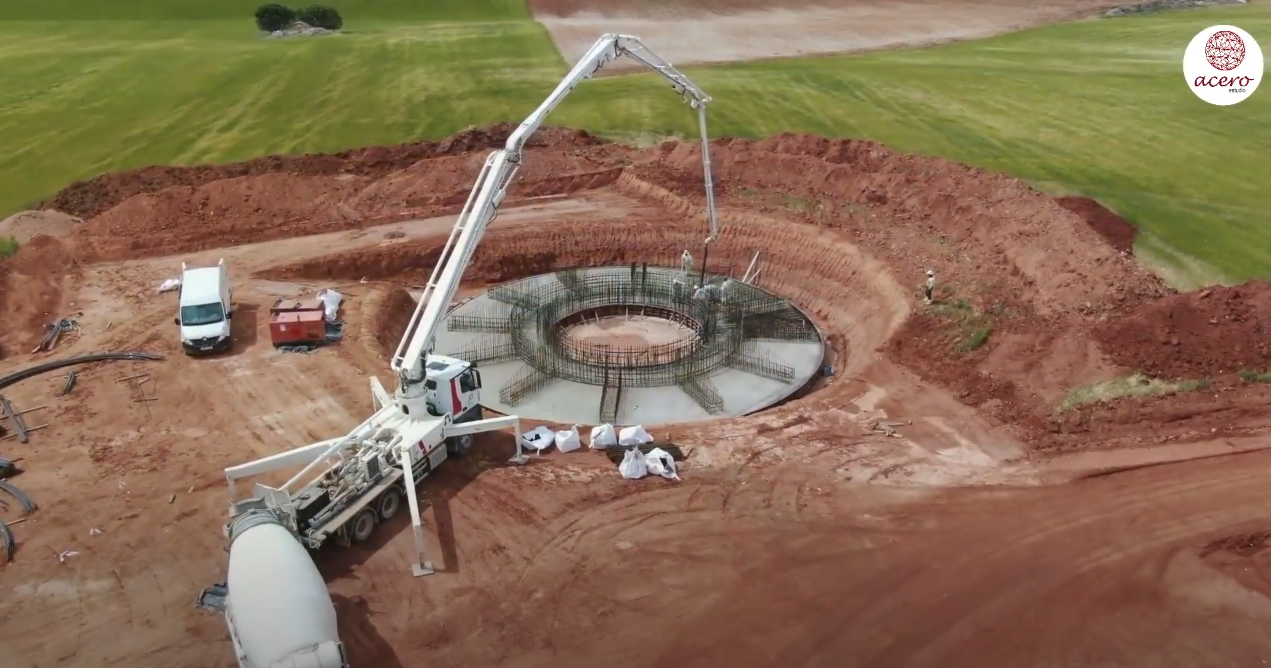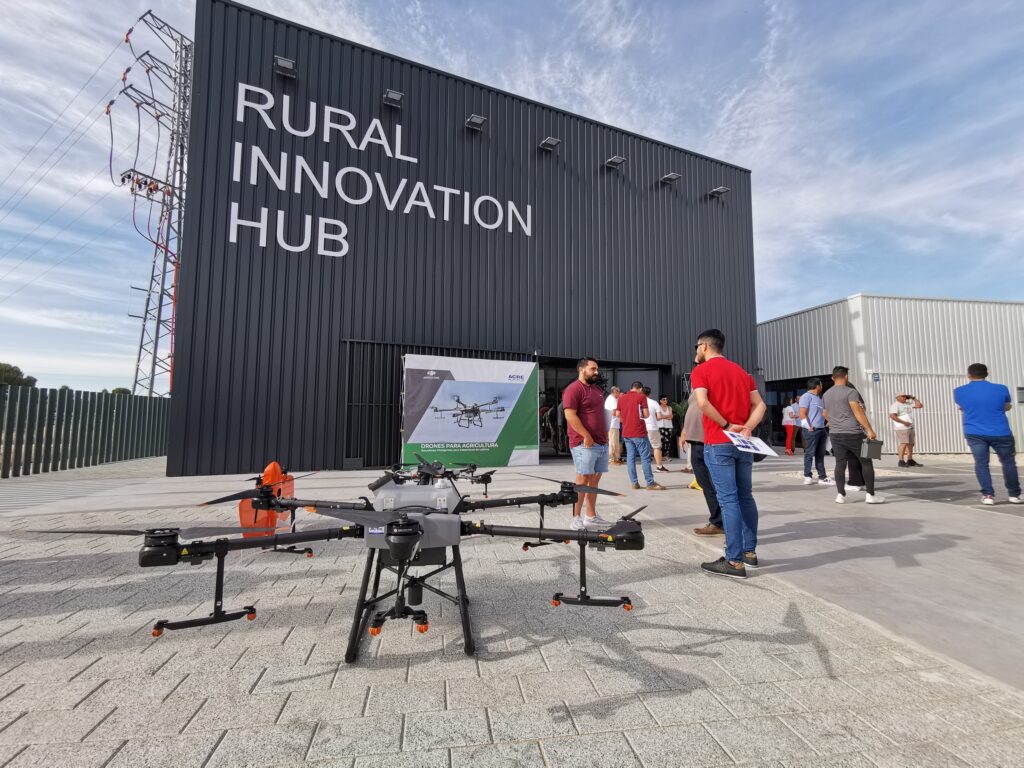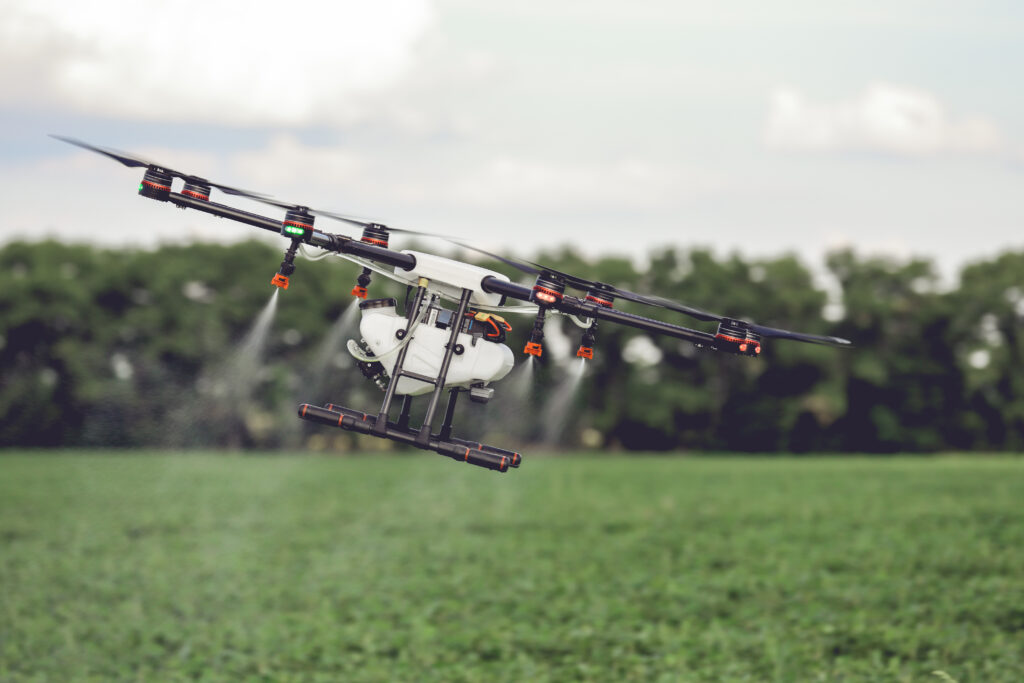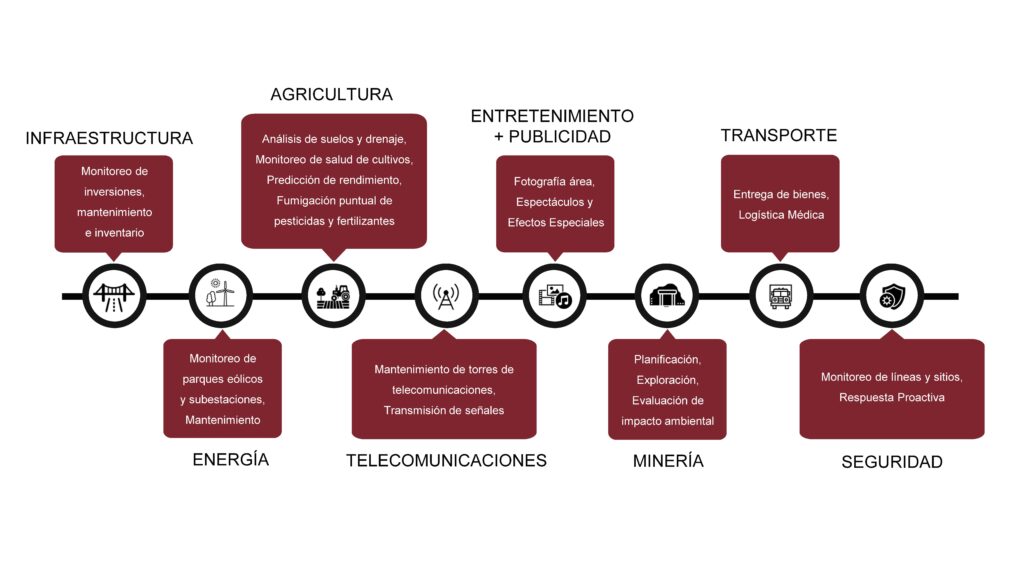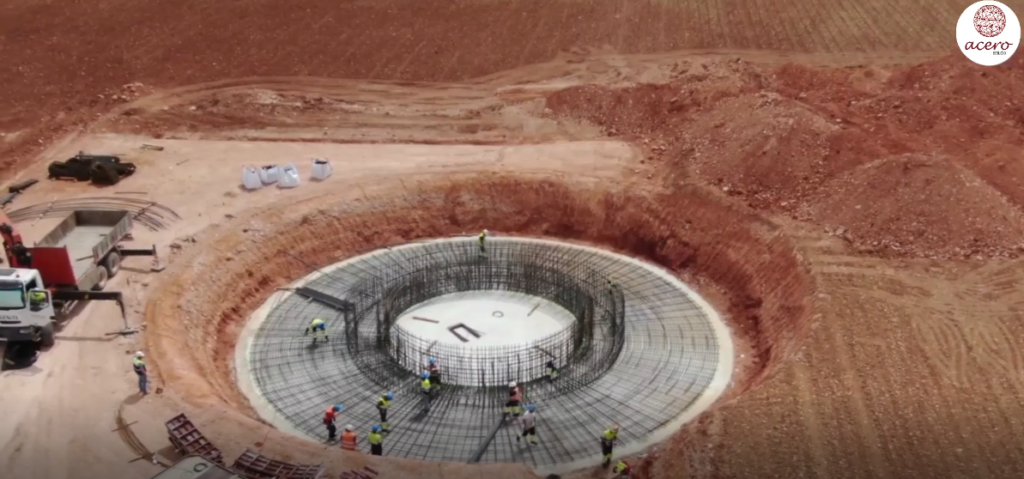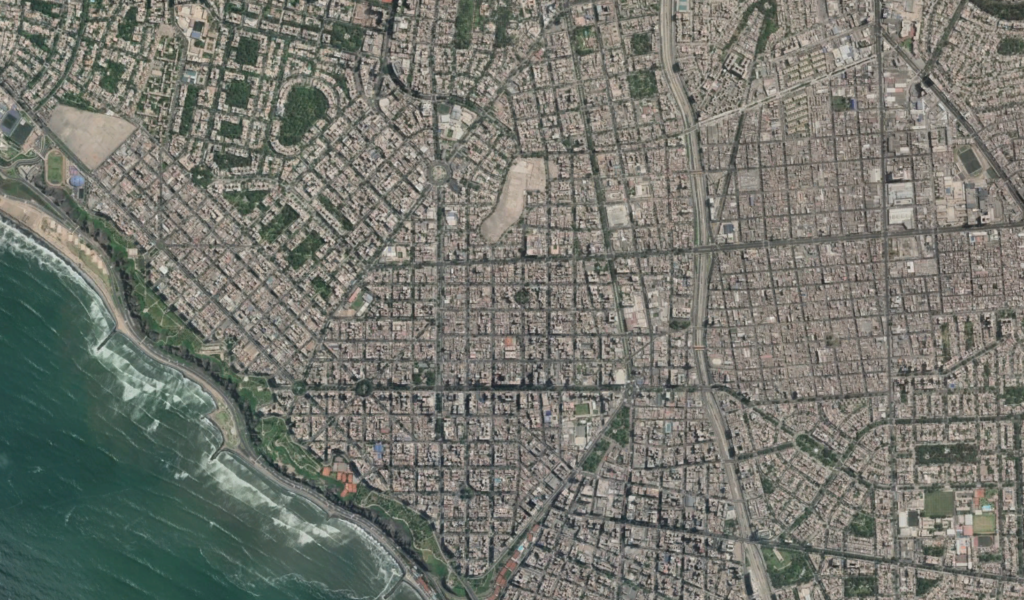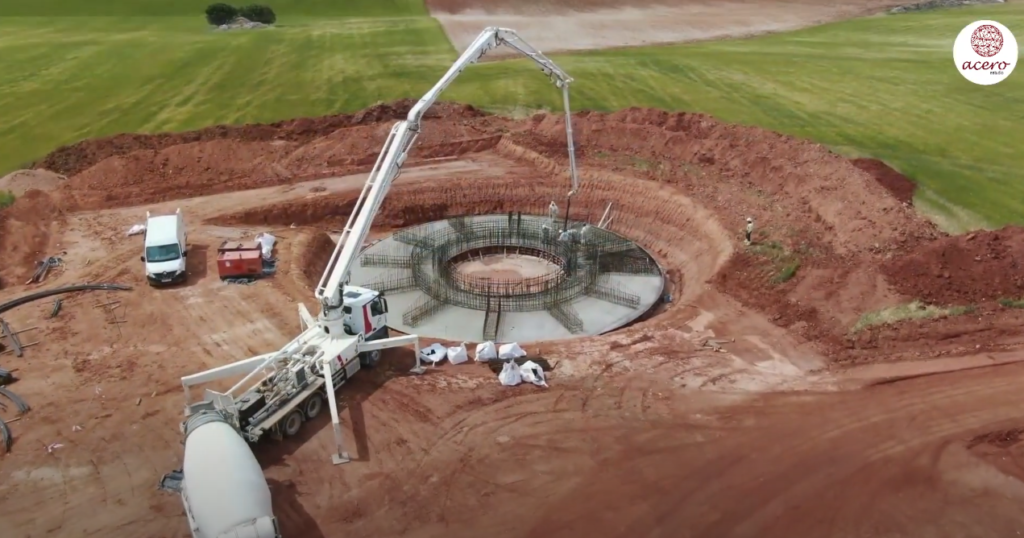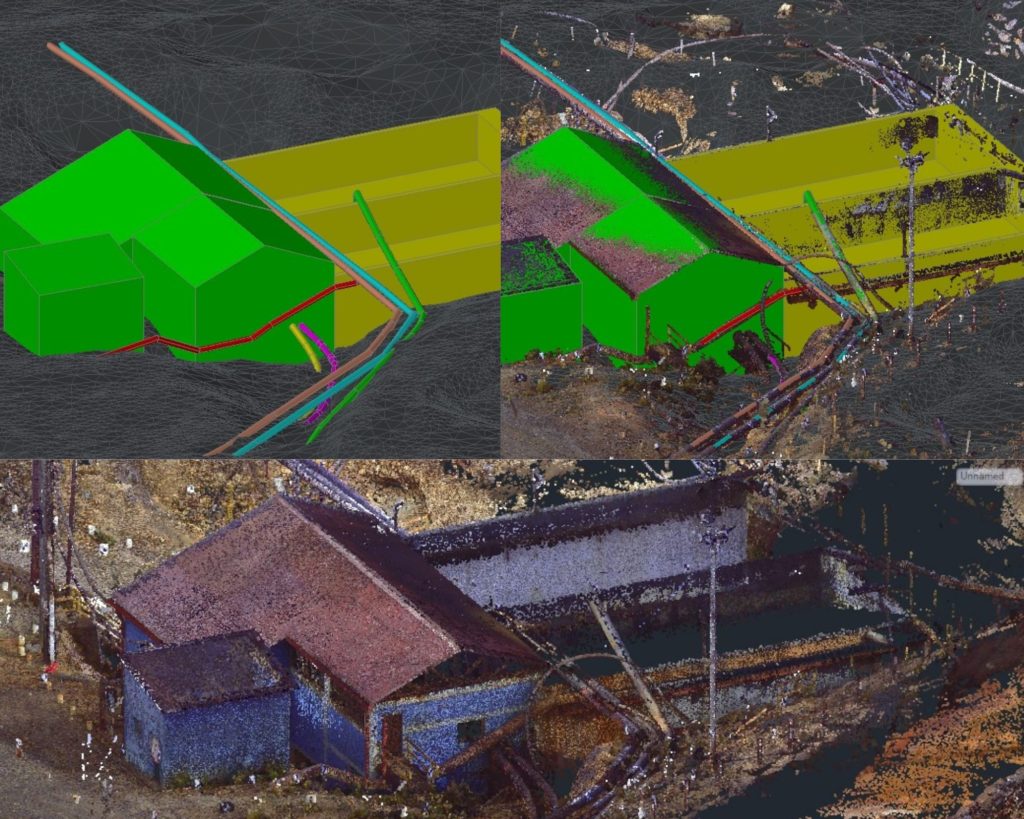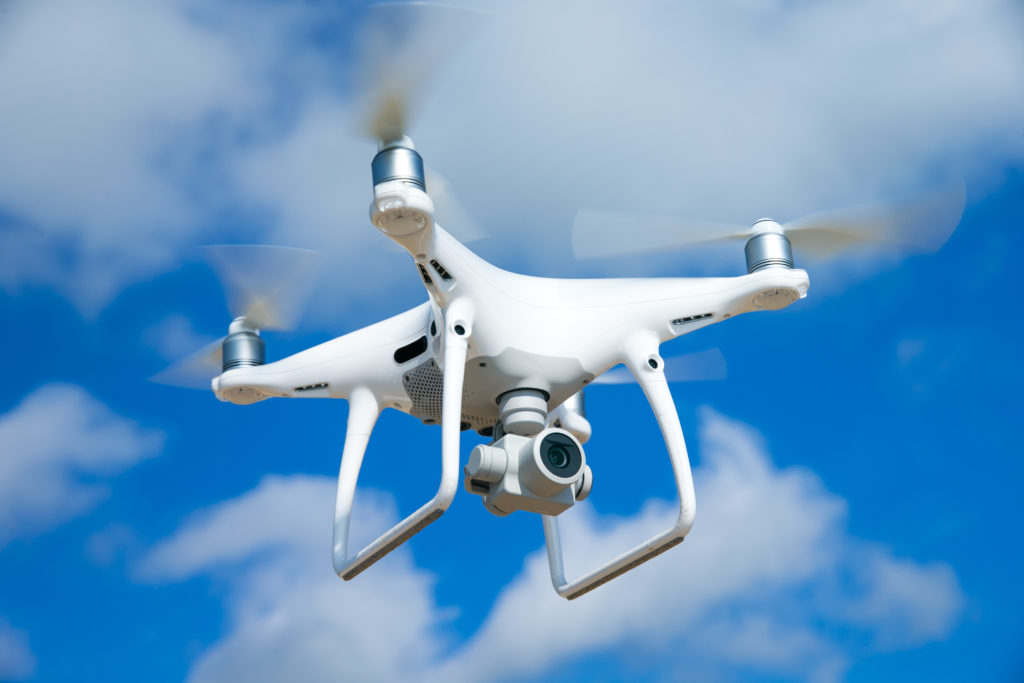The cadastral information of a territory contains a series of data about the properties, that is: physical characteristics such as areas and delimitations, legal information such as ownership of the land and even an economic valuation of the approximate value of the properties.
Thanks to photogrammetry it is now possible to create digitized models and records that provide exact information on the physical characteristics of properties and for this initial record to be used to add more data to said model.
Thanks to our drone fleet, aerial photogrammetry has experienced a considerable improvement in efficiency and what previously could only be done with a small plane or helicopter is now within our reach. Graphic information capture technology, video cameras and other devices are all technological elements that have been improving over time and that today allow us to generate reliable cadastral information.
The Importance of good urban management
As is known, cadastral information is basic for carrying out adequate territorial management and urban planning; In this sense, having this information and using it translates into:
- Better urban administration.
- Greater resources and information for future city planning.
- Greater knowledge of the needs met and not met at the infrastructure level.
- Projection of number of inhabitants and demographic characteristics.
- Better management and allocation of public spaces for services: educational, health, etc.
- Transportation improvement and planning.
It is clear that cadastral management is essential to create a sustainable city, with services equitably provided and functional in terms of transportation. Do not hesitate to request information about our drone photogrammetry service in order to improve the cadastral registry; we are at your service.
Contact Acero Estudio, specialists in photogrammetry with drones and consulting services for architecture and engineering in Spain and Peru.


